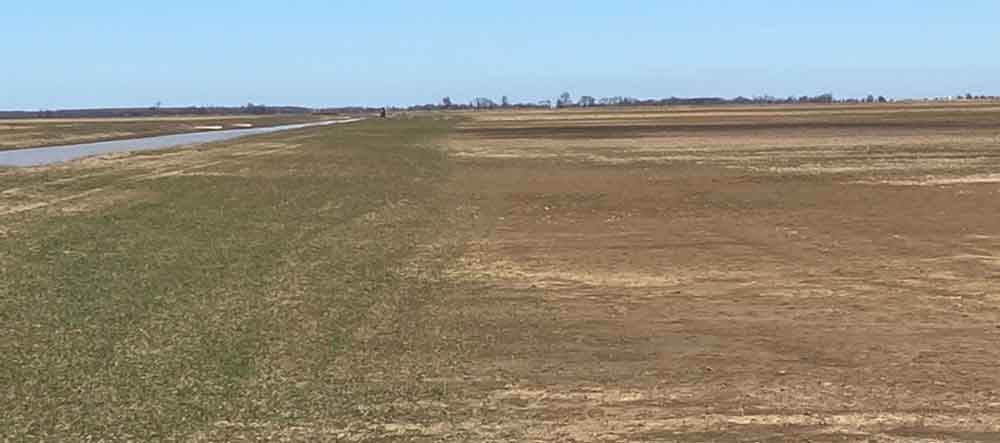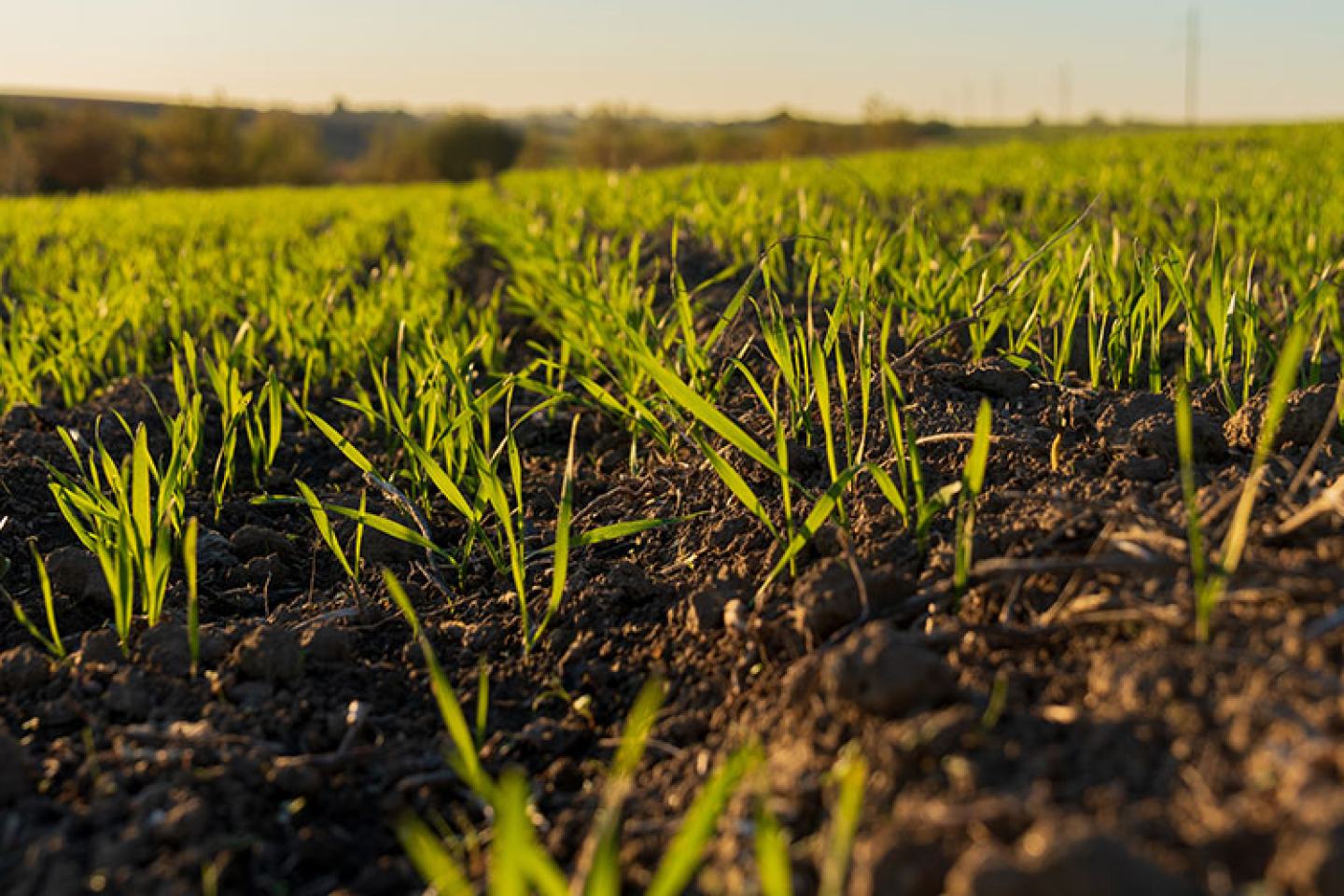Rice growers in the Delta area continue to battle one of the toughest herbicide-resistant weeds: Italian ryegrass. Unlike other weeds, fall and spring germination give Italian ryegrass a head start on a rice crop.
Planting into fields already infested with Italian ryegrass or ryegrass residue pose challenges to growers. The presence of Italian ryegrass or ryegrass residue can profoundly affect crop establishment, growth and production. According to Mississippi State University Extension, rice planted into Italian ryegrass residue showed:
- Rice seedling density reduced by 25%.
- Plant height reduced by 33%.
- Delayed maturity of 7-10 days compared to non-ryegrass infested plots.
- Yields were 15% lower in the infested plots compared to ryegrass-free plots.
As growers search for solutions to overcome herbicide-resistant Italian ryegrass, getting the timing of their herbicide program just right can be the difference maker.
Timing is Everything
Timing effective herbicide applications is easier said than done, but is necessary for a successful weed control program. In the situation where a grower waits until February to treat ryegrass that emerged in the fall, they are already behind the eight-ball, as ryegrass will become deeply rooted in the soil and develop a dense crown that makes coverage from spring burndown applications nearly impossible. As Italian ryegrass continues to wreak havoc on rice operations, incorporation of a fall herbicide application becomes more necessary.
For years, Command® 3ME microencapsulated herbicide has proven to be rice growers’ number one preemergence choice for managing grassy weeds in rice. Now, Command 3ME microencapsulated herbicide has shown to be one of the strongest soil residual herbicides for managing Italian ryegrass in the fall*.
During the 2021 season, the Louisiana State University AgCenter conducted trials with Command 3ME microencapsulated herbicide to observe its effect on Italian ryegrass when applied during the fall.

“Command 3ME microencapsulated herbicide did a fantastic job of knocking back Italian ryegrass in the trial we performed. It was 90% controlled after a six-month long application period,” states Donnie Miller, weed scientist with the Louisiana State University AgCenter.
The use of a single, well-timed application of Command 3ME microencapsulated herbicide can also generate efficiencies for rice growers’ herbicide programs.
“Research indicates that one well-timed application can replace two applications in the outdated three-step, season-long weed management program,” states Chris Leon, technical service manager for FMC. “Command 3ME herbicide is changing productivity and efficiency of herbicide applications by taking two extra steps out of the equation, which is a big benefit for rice growers.”
Command 3ME microencapsulated herbicide is an effective residual option to control Italian ryegrass population resistant to glyphosate, clethodim, paraquat and ALS-herbicides. With 24c labels for Arkansas, Louisiana and Mississippi, this herbicide is one of the best Italian ryegrass management options to implement ahead of rice and soybeans the following spring. Note that Command 3ME microencapsulated herbicide is not labeled for fall use ahead of fields to be planted to corn the following spring.
To start planning your 2023 rice weed management strategy or to learn more about how Command 3ME microencapsulated herbicide fits into your plan, visit your local FMC retailer.
*The fall fallow application use is permitted only with Special Local Need Labels approved for use in AR, LA, and MS and must be in the possession of the user at the time of pesticide application.
Always read and follow all label directions, precautions and restrictions for use. Some products may not be registered for sale or use in all states. FMC, the FMC logo and Command are trademarks of FMC Corporation or an affiliate. ©2022 FMC Corporation. All rights reserved. 22-FMC-1450 06/22


